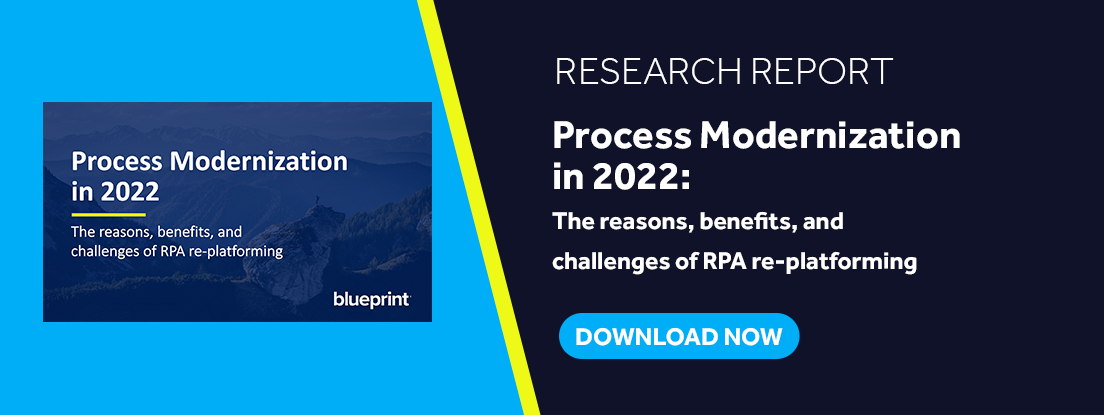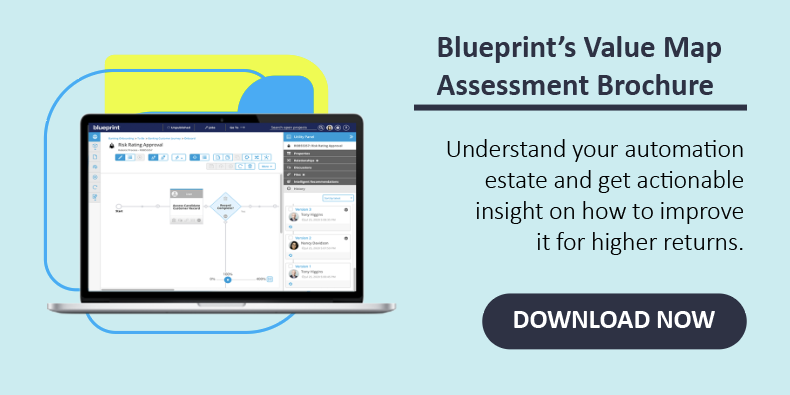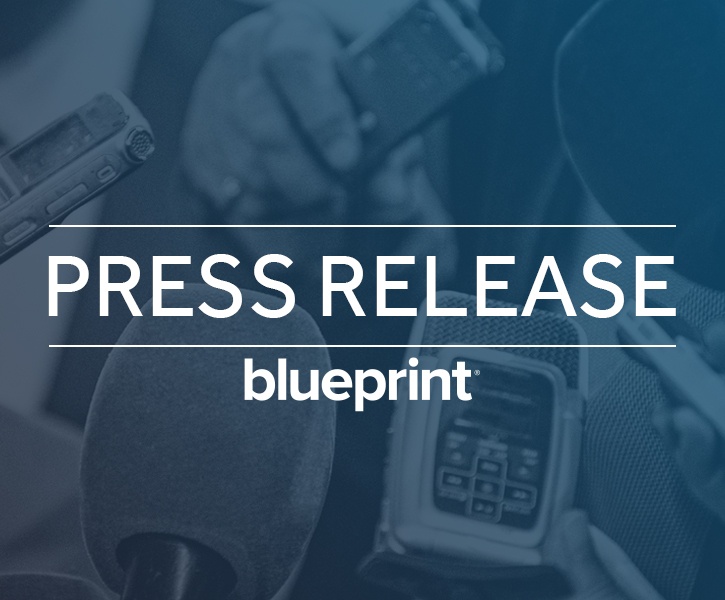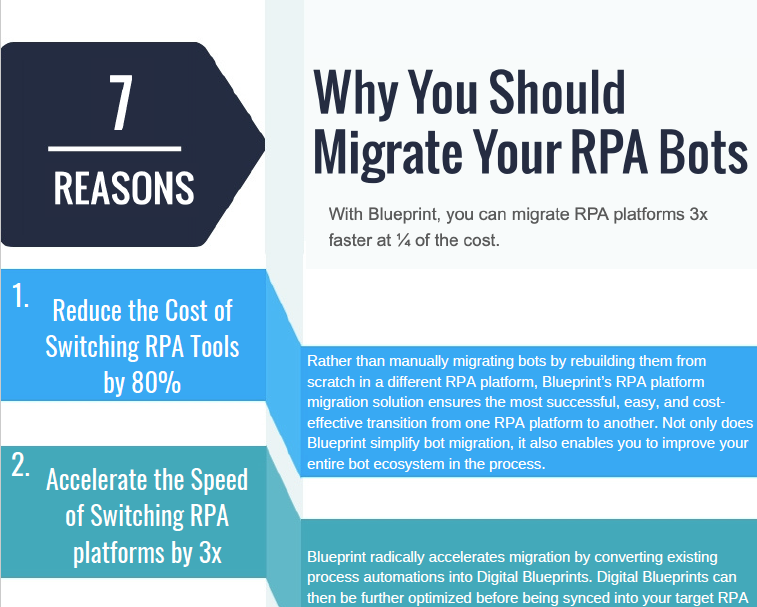3 Reasons Why It’s Important to Assess Your Automation Estate Before Re-platforming
There is a lot of growing interest in the automation market to move on from legacy RPA tools onto newer generation intelligent automation platforms.
According to a recent study Blueprint executed on Process Modernization, 74% of the research participants still on their original RPA tool are considering switching automation platforms.
With all the interest in leveraging new technology that enables more end-to-end automation and reduces the total cost of ownership through more accessible automation delivery and reduced licensing costs, it’s easy to get excited and rush the process of switching RPA tools.
Yet, in the hype of all the potential benefits of re-platforming, organizations forget a critical step before moving their automated processes to a new RPA solution: assessing and analyzing their automation estate.
Re-platforming automation portfolios can’t just be a lift and shift motion. It must be preceded with analysis for these 3 reasons:
1. Understand What you Have in Your Automation Estate
Organizations find themselves with the challenge of knowing exactly what they have in their automation estates. Most companies started their automation practices years ago on the legacy tech they initially adopted. The process design documents (PDD) that served as the blueprints to design and deliver those automations are either outdated or gone. The subject matter experts (SME) that perhaps didn’t even document the automations might have also left as a result of turnover and taken all that knowledge with them.
A significant pain point with nearly all automation programs is the absence of governance. That is most evident in the lack of cataloging or digitally documenting automations in one centralized source of truth, leading to a scary but accurate reality: organizations don’t even know what they have in their automation estates.
Before even assessing your current automation estate, re-platforming presents businesses with the opportunity to finally digitize their automations and get a 360-degree understanding and visualization of exactly what they have in their automation portfolio.
2. Identify What Should be Re-platformed and What Should Be Optimized or Retired
Re-platforming your automation estate is also a perfect opportunity to put your entire portfolio under the microscope and clean out what isn’t delivering value or working. In our experience, we’ve seen that approximately 30% of an organization’s automations are redundant.
That’s a 30% premium organizations are paying in terms of maintenance and licensing costs that they could easily eliminate to reduce operational expenses and become more effective.
Without analyzing or value mapping their automation estates, organizations simply port over that bloated expense instead of optimizing those automated processes and removing those redundancies.
Learn More: What is Value Mapping: Everything You Need to Know
If you were moving houses, would you bring the other four microwaves you didn’t know you had for one kitchen?
The same can be said for inefficient or ineffective automations. Assessing and value mapping your automation estate is an opportunity to identify the automations that should be retired because the cost of keeping them in production outweighs the value they’re delivering.
Because of the process analysis and analytics Blueprint delivers, one client we worked with used Blueprint to analyze the 300+ automations in their estate. They identified one problematic automation deployed on Blue Prism that was costing them over $300K in licensing fees and another $1.3 million in maintenance costs while only delivering $150K in business value. They decided to retire that automation and not re-platform it because of the unfavourable cost-benefit analysis, saving themselves over $1 million in operating costs in the process.
Without analyzing and assessing their automation estate before moving forward with re-platforming, those ROI-wasting processes would have simply continued to diminish returns under a new roof.
3. Decide if Re-platforming is Right for You
Once the analysis of your automation estate is complete, you can make an informed decision as to whether it makes sense to re-platform and which intelligent automation solution it makes sense to re-platform to.
With all the deep insight you gain from performing a value map assessment on your automation estate, you can decide which automations to re-platform, which to retire, which you should optimize first, and where it makes the most business sense to redeploy them according to your objectives.
Before you get caught in the whirlwind of re-platforming, be sure to take stock of what you already have and assess your automation estate, and if you need help, we can walk you through it.
Share this
Recent Stories

Business Process Reengineering: It’s Back and More Important Than Ever

3 Reasons Why Integrations Are So Important for Business Process Analysis





